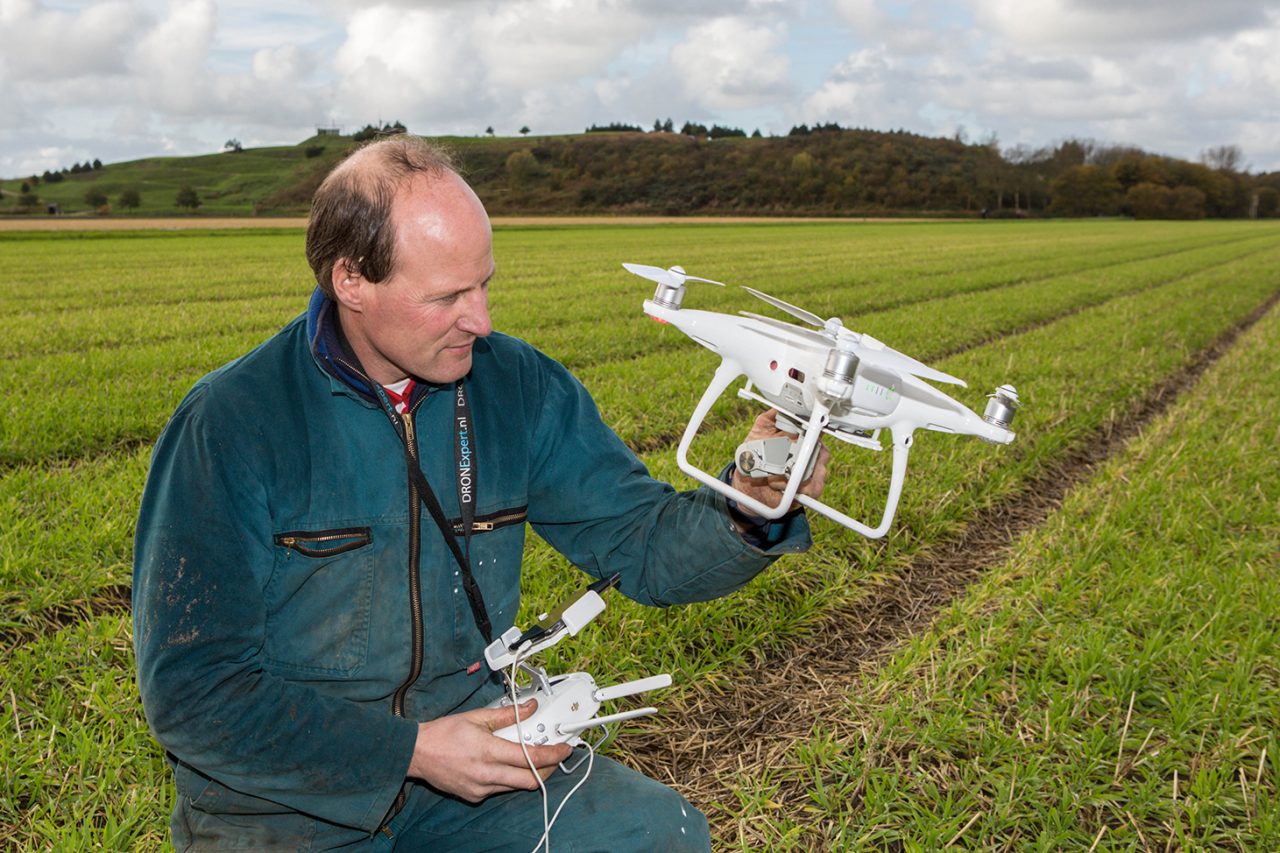Last August Henk Verdegaal, flower bulb farmer in the Netherlands, finally saw what an agricultural robot could do on his lands. The Agbot was humming along, managed by a “smart and ready to use autonomy system with a full suite of vehicle peripherals”. Well done by Dutch developer Agxeed. Their one-stop-shop approach is what customers want, according to the new president of the IFR.

Agxeed designs and builds “autonomous agricultural vehicles” that promise to deliver freedom and flexibility to the farmer. Its hardware is scalable and customisable and the AgXeed portal claims to be like a “digital farm” with virtual planning tools, options for data modelling and ways to manage your business cycle.
The range of robots designed for human-robot collaboration is continuously expanding. Marina Bill, president of IFR and head of marketing and sales robotics at ABB.
The marketing insight behind this proposition is clear: fear of hassle and unpredictable complexity is a major reason why entrepreneurs shy away from collaborative robots – apart from costs. The all-in autonomy solution that Agxeed provides hopes to alleviate this fear by promising ease of use.
Marina Bill; the new president of the International Federation of Robotics (IFR), an organisation that promotes the interests of the robotics industry around the world; confirms that Agxeed is not alone in taking this route.

She writes: “The range of robots designed for human-robot collaboration is continuously expanding: this year, in particular, new cobots with higher payloads and longer reach opened up a new range of applications. In addition to working modules involving a more-or-less shared workspace, cobots are increasingly used in place of traditional industrial robot tasks, especially welding applications, where they excel through their ease of use.
Interest in ease of programming and usability is growing. Marina Bill, president of IFR and head of marketing and sales robotics at ABB.
Ease of integration and plug and play are also in high demand. We are seeing more complete solutions for standard applications designed to lower the barrier to entry to robotics automation and desperately sought after by users.
In line with this, we’re also witnessing the evolution of new business ecosystems. Customers are seeking ‘one-stop-shops’ delivering not only the robot itself, but also compatible plug & play accessories like grippers and even online application builders.
Interest in ease of programming and usability is growing particularly for customers with high-mix, low volume production who do not have in-house robotics specialists trained in different proprietary robot programming languages. Increasingly, established industrial robot manufacturers provide a simplified programming tool, often GUI based, providing pre-customised building blocks and also typically using tablets as interfaces.
AMRs (autonomous mobile robots) are seamlessly integrated into the manufacturing process together with industrial robots, enabling new production layouts. It appears to be the logical next step to integrate the robot arm directly into the AMR to achieve ‘mobile manipulators,’ showcased by a growing number of manufacturers.
Digital twins allow for remote monitoring and fleet management. Marina Bill, president of IFR and head of marketing and sales robotics at ABB.
Advanced vision systems and artificial intelligence are also opening new possibilities, especially in the field of picking & gripping as well as in quality inspection.
Digitalisation and connectivity of robotic systems are making significant progress. Digital twins allow for remote monitoring and fleet management, for predictive maintenance and process optimisation, enabling new business models.”
Read the full IFR Presidents Report here.




